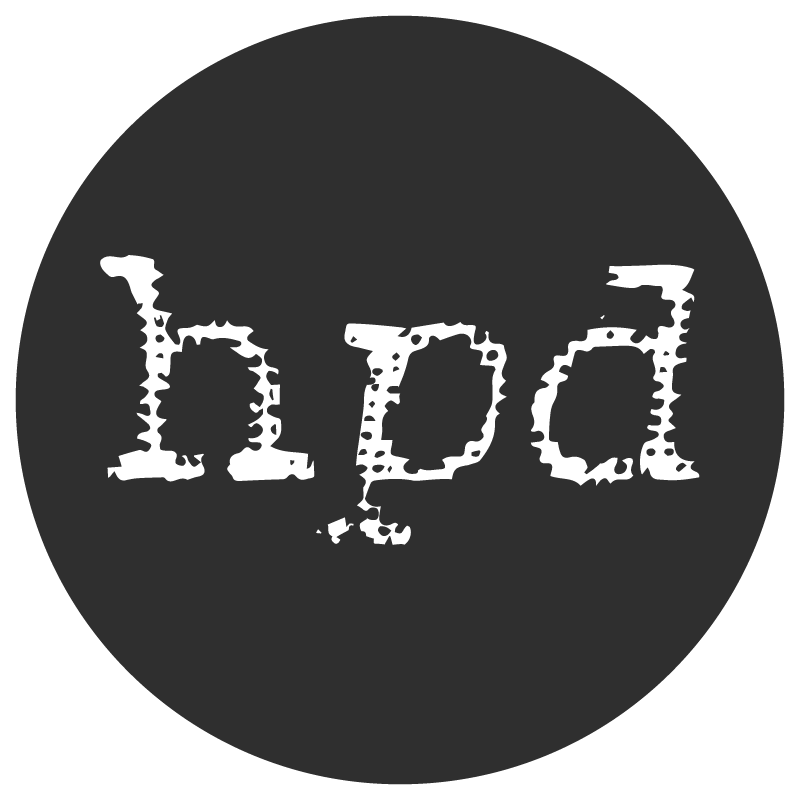We are pleased to give notice of the call for papers for a special issue of «Studi di Estetica», scheduled to appear in 2020, in honour of Hegel’s 250th birthday. The issue is called Rethinking Hegel’s Aesthetics, and editors are Francesca Iannelli, Alain Patrick Olivier and Klaus Vieweg.
The deadline for submission is February 28th, 2020.
Please find below the text of the call and more information about the special issue.
***
Rethinking Hegel’s Aesthetics
(ed. by Francesca Iannelli, Alain Patrick Olivier and Klaus Vieweg)
As well-known, Hegel’s published Aesthetics. Lectures on fine art were not written and edited by Hegel himself, but were compiled after his death between 1835-37 (and in a second edition in 1842) by his student, Heinrich Gustav Hotho (1802-1873). The discussion on the reliability of Aesthetics has become in recent decades more and more animated, in particular thanks to Hans-Georg Gadamer, Otto Pöggeler, Dieter Henrich, Annemarie Gethmann-Siefert and Hegel scholars at the Hegel-Archiv in Bochum, because Hotho’s edition of the Lectures, as a compilation of notes and transcripts made by different attendees of lectures given in different academic years, prevents the possibility of tracing the development of Hegel’s thoughts in the aesthetic field. For this reason, scholars from all over the world in recent years have increasingly based their research on individual themes on the accurate analysis of the manuscripts of the listeners of the four Berlin Lectures series (1820-21, 1823, 1826, 1828-29), since Hegel’s aesthetics should be considered an oral heritage transmitted to his students rather than a traditional, definitive text.
The aim of this special issue of Studi di estetica – scheduled to appear in 2020 in honour of Hegel’s 250th birthday – is to shed light on his philosophy of art exclusively on the basis of his last Lectures on “Aesthetics or the philosophy of art” that took place at the University of Berlin between October 27th, 1828, and April 2nd, 1829, and were attended by about 90 students, among them Adolf Heimann. Until 2017, this last lecture was only partially documented, thanks to Helmut Schneider’s edition of the Einleitung and of the Allgemeiner Teil based on Libelt’s transcription in the Jahrbuch für Hegelforschung (2004 and 2010). But now the recent full publication by Alain Patrick Olivier and Annemarie Gethmann-Siefert (Paderborn, Fink, 2017) of Heimann’s transcription (G.F.W. Hegel, Vorlesungen zur Ästhetik. Vorlesungsmitschrift Adolf Heimann, 1828- 1829), allows us to get an overview and make a final assessment of the theoretical path of Hegel’s aesthetic thought over the four Berlin Lectures series, so that we can now consider its topicality in relation to contemporary debates in the fields of aesthetics and contemporary art.
The next challenge for scholarship on Hegel’s aesthetics is therefore to rethink some crucial notions, such as the conception of ideal, the role of natural beauty or the relevance of symbolic, classical and romantic art forms, and to re-evaluated controversial topics, like his alleged classicism or his debated thesis about the end of art as well as his interpretation of Kant’s aesthetics and his criticism of the Romantic. The editors welcome contributions to these and related questions that reconsider the meaning and value of typical – and often stereotyped – Hegelian topics by exploring these concepts in the last lectures given by Hegel in Berlin. In particular, the questions we would like to deal with – but not only – are the following:
- how does Hegel’s relationship with Kant and the Romantic look on the basis of Heimann’s manuscript? Why is Hegel criticizing the Romantic School and introducing at the same time the concept of irony as a moment of the ideal? How significant is the comparison with the history of art and archaeology of his time from Winckelmann to K.A. Boettiger and Carl Friedrich von Rumohr in the theoretical construction of his philosophy of art? Which is the connection between the discussion of Aloys Hirt’s conception of the beautiful in Hegel’s lectures and the discussions regarding the construction of the Museum in Berlin at that time?
- What openness is found toward ugly or not beautiful art in the last aesthetics lecture? What contribution does the last course make to clarify the long-standing and debated thesis of the end of art? Which kind of Hegelian perspectives can we find in the today’s arts?
- How does the fourth aesthetics lecture fit into the systematic background outlined in the second (1827) and third (1830) editions of the Encyclopedia?
- In which way this new publication of Hegel’s lectures could also contribute in a new way to the contemporary debates regarding the aesthetics and philosophy of art?
All papers will be double blind peer reviewed. The languages admitted are Italian, English, German and French. The articles should include an abstract (up to 150 words) and three keywords, both in English. The articles, which should be anonymous, should be sent to Simona Chiodo, Politecnico di Milano (simona.chiodo@polimi.it), by February 28th, 2020, in .doc or .docx, together with a further document containing the author’s information.
The full text of the call can be downloaded here.
For more information, please visit the website of the journal.
